Green A Producer of Green Technology
Believing the faith of "Only One Earth", Nanya insists to leave the best environment for future generation. We actively manage all environmental impacts of our operations and adopt higher standards than required by law for energy, operations, resources, emissions, and waste to avoid or mitigate the risk of impacts. We also develop advanced and highly efficient products to assist consumers in lowering energy consumption and reducing carbon emissions when using products. We have set goals for our sustainability performance to fulfill our responsibility of cleaner production and to protect the natural environment. As climate change has become one of the most significant global risks, we implemented risk identification, assessment and management in accordance with the Task Force on Climate-related Financial Disclosures (TCFD) Recommendations to enhance our operational resilience under the climate change crisis.
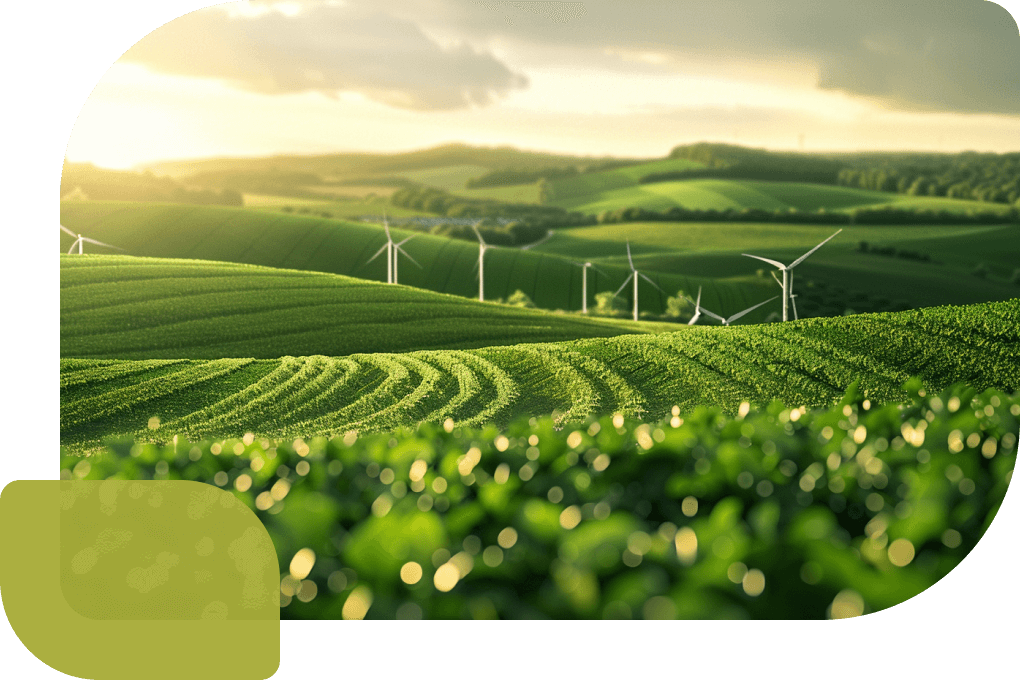
-
Scope 1 & 2 reduction of 8.4%
Scope 3 reduction of 20.4% Better than SBT Target - Renewable Energy Target by 2030 25 %
-
2017-2023
Total Energy Saved by Energy-Saving Measurement 68,565 MWh
Strategy and Performance of Material Topics
 Nature and Climate Management
Nature and Climate Management
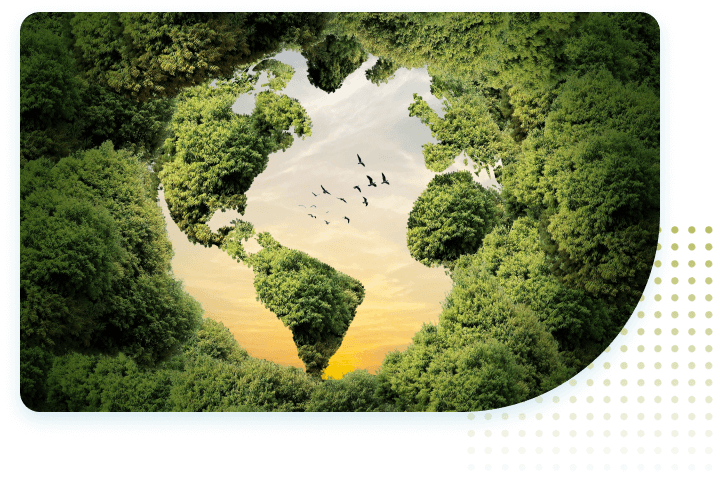
Nanya's production loctated in Nanlin Science Park in Taishan District. Nanya has published a TCFD Report according to the Task Force on Climate-related Financial Disclosures Recommendation for 2 consecutive years since 2022. Many scientific studies have pointed out that the Earth's ecosystem has been changed due to human actions, such as climate change and loss of biodiversity caused by global warming. Therefore, we began to face the value chain's nature-related dependencies and the scope of risk impacts. Nanya became an early adopter of the TNFD in 2023, and actively established complete LEAP mechanisms to assess the nature and climate-related dependencies and risks of its own business locations, upstream supply chain, and downstream customers, and formulated corresponding strategies and actions, in hopes of reducing the impact of risks.
Nanya Technology TCFD Framework
- Governance
- Strategy
- Risk Management
- Metrics and Targets
-
Governance
Management Strategies and Actions
- In terms of governance level, nature and climate is listed as an issue for the board of directors. The Sustainable Development Committee is a functional committee established to implement measures and manage nature and climate-related issues
- Management periodically participates in quarterly sustainable development and risk management meetings to examine the Company's implementation results and decide on work items. The Sustainability and Risk Management Division under the President's Office is the dedicated unit for cross-departmental horizontal integration and management
- Enhance the climate governance ability of the board of directors and management, and raise the awareness of all employees of climate change
2023 Operation Status- A total of 5 board meetings and 2 Sustainable Development Committee meetings were convened in 2023, and topics included sustainability reports, purchase of renewable energy, TCFD reports, greenhouse gases, biodiversity, and sustainability evaluation performance
- A total of 8 sustainable development quarterly meetings and risk management quarterly meetings were held in 2023. The topics include responses to nature and climate-related issues, such as evaluating the purchase of an additional 25 million kWh of renewable energy, introducing TNFD methodology, formulating a biodiversity policy, and GHG inventory and tracking. The Risk Management Steering Center assesses material risks related to nature and climate each year; 168 risks were managed and evaluated in 2023
- Directors received a total of 82 hours of continuing education in 2023. Courses included economics, corporate governance, risk management, sustainable development, climate change, carbon credit trading and carbon management, and compliance. ESG issues are incorporated into the Company's manager training, and new employees are required to receive training in ESG and climate change
-
Strategy
Management Strategies and ActionsResilient Adaptation
- Biosensitivity analysis of business locations
- Identify the dependence and impact of operations on nature and climate
- Review nature and climate management by the value chain
- The impact on nature and climate is effectively reduced through the R&D of low-carbon products, green technology production, sustainable supply chain management, and development in harmony with nature
- Collect and compile opinions of external stakeholders through different platforms
- Organize nature and climate-related activities and communicate Nanya's sustainability concepts to relevant stakeholders
2023 Operation StatusResilient Adaptation- We analyze whether Nanya's business locations (within two kilometers) touch biosensitive areas through the geographical information system and government open data
- Collect nature and climate-related issues of concern to stakeholders, and discuss short, medium, and long-term risks and opportunities during cross-departmental workshops. A total of 14 highly dependent factors and 9 major impact factors were identified
- Simulate the impact of nature and climate risk scenarios on the Company's operations, strategies, and financial planning, (1) Transition scenario: NDC, pathway to net zero (APS, NZE); (2) Physical scenario: AR5 RCP2.6, 4.5, 6.0, and 8.5
- A total of 50 questionnaires were distributed to key suppliers. The analysis results showed that 2 dependencies involved high risk and high exposure, and 5 factors were issues of high concern to suppliers
- Considering the risks and opportunities in different climate change and physical scenarios, as well as the operational characteristics of Nanya, we formulated the strategies of developing green products, implementing cleaner production, strengthening adaptation ability, and working with sustainability partners
- Nanya periodically engages in ecological monitoring and ecological restoration, and strives to avoid damage to key local areas as it continues to expand its operations. In the future, Nanya will continue to engage in ecological restoration for environmental compensation
- Nanya actively participates in industry associations, co-organizes nature and climate-related initiatives, and shares its practical experience
- We cooperate with local organizations to jointly organize community environmental education, environmental welfare, and cultural preservation activities build closer relationships with local communities. Starting in 2023, we actively discuss possible environmental compensation methods, and will protect and restore natural habitats near the fab, jointly creating a better community environment
-
Risk Management
Management Strategies and Actions
- According to the Company's operational risk management procedures, we assessed the significance of related risks and opportunities brought by different scenarios of nature and climate change, and formulated relevant response measures, which were included in Enterprise Risk Management (ERM) and periodically confirmed by senior managers
- The scopes 1/2/3 of greenhouse gas inventory and verification are conducted annually to confirm sources of greenhouse gases for key project management
- Compile product life cycle inventory and improve hot spots
- Scope 1: The development of new technologies for control equipment is not verified, and air pollution control and emission standard controls in the semiconductor manufacturing industry have increased VOCs processing costs
- Scope 2: The increase in electricity demand will increase the proportion of renewable energy use and increase carbon fees, resulting in an increase in operating costs
- Scope 3: The main source of emissions is from products and services purchased upstream in the value chain, which will incur supplier management costs
2023 Operation Status- The major risks identified are such as changes in the national power structure, customer demand for low-carbon products, and the impact of fulfilling SBT commitments. The three medium-term financial impacts on the Company are estimated to account for approximately 3-4% of annual revenue. (10-20%)
- The main opportunities identified are product technology and new market development: According to the scenario analysis by the IEA, the clean energy technology market will triple in size by 2030, and the Company will seize this opportunity to continue investing in innovative R&D (reached 25.4% of revenue in 2023)
- For water resource risk, short-term water stress was assessed using WRI Aqueduct Tool as medium to low risk (10-20%). Long-term stress to 2050 is also low to medium risk (10-20%), meaning that it is a non-water stress area. According to the climate change water resource hazard map of the Taiwan Climate Change Projection Information and Adaptation Knowledge Platform (TCCIP), there is no risk of water shortage in scenario RCP 8.5 in the middle of the century (Y2036-Y2065). Water conservation charge will be levied in 2023. Nanya has worked hard in recent years to implement water conservation and water recycling measures and achieved the government's lowest levy rate. The annual increase in water charges is only about 3%, which has a low impact on operating costs
- Verification of GHG emissions in 2023 will be completed in May 2024. Completed the inventory of the carbon footprint of all products and implemented management plans to improve the three hot spots of carbon footprint in the 2023 inventory
-
Metrics and Targets
Management Strategies and ActionsMitigation Goals:
- Compile and verify Scope 1/2/3 GHG emissions every year
- Set greenhouse gas management goals and energy and resource recycling and reuse goals
- SBT reduction target: Reduce Scope 1+2 GHG emissions in 2030 by 25% compared to 2020, and Scope 3 GHG emissions in 2030 by 27% compared to 2020
- Strengthen the Company's drought resistance and increase the water recycling rate
- Carry out green factory certification
- Participate in the international Carbon Disclosure Project (CDP) and water safety project, disclose related information, and communicate with stakeholders
2023 Operation StatusMitigation Indicators:- Completed the inventory and verification of Scope 1/2/3 GHG emissions in 2023
- Completed 35 raw material consumption improvement proposals in 2023
- A total of NT$14.67 million was invested and 36 energy conservation plans were completed in 2023, saving an estimated 5,337 MWh
- For the renewable energy strategy, 24.49 million kWh of renewable energy was used in 2023, accounting for 3.2% of total electricity consumption. The purchase of an additional 25 million kWh of renewable energy will be evaluated in 2024.
- Implementation status of SBTs in 2023: Category 1+2 reduced by 8.4%; Scope 3 reduced by 20.4%
- The total volume of water recycled and reused in 2023 was 5,832 thousand cubic meters
- Passed AWS (International Water Resources Management Standard) verification in 2023
- The green factory certificate of Fab 3A was renewed in 2023
- Rated in the CDP's A List for climate change and water security in 2023
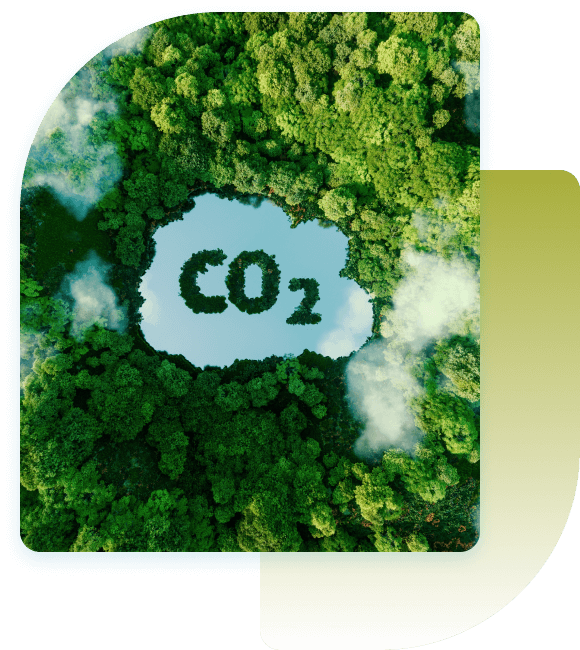
Greenhouse Gas Inventory
Nanya referenced ISO 14064-1 and requirements set forth by the Ministry of Environment, Executive Yuan in the Climate Change Response Act, Greenhouse Gas Inventory Registration and Management Regulations, Greenhouse Gas Emission Verification GuidelinesNote1, and WBCSD/WRI Greenhouse Gas Protocol, and sets the boundaries of the organization at 100% control of operations. At present, verification of Scope 1, Scope 2, and Scope 3 emissions is carried out by a third party verification institution according to international standards.
Percentage Accounted for GHG Emissions in 2023
- Scope 1 and Scope 2
- Scope 3
-
Scope 1 and Scope 2
-
Scope 3
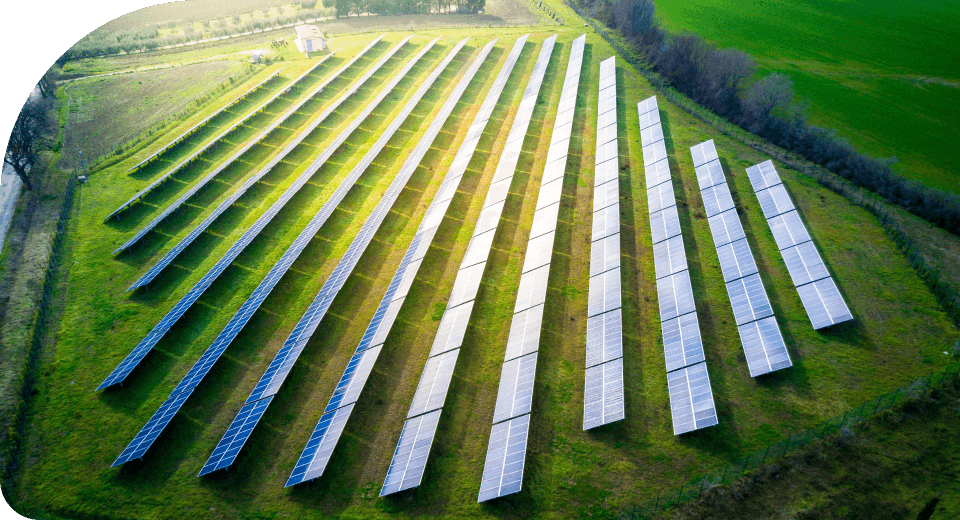
Greenhouse Gas Reduction
Nanya continues to strive to promote greenhouse gas reduction through three aspects: process improvement, process emission greenhouse gas end removal, and increasing the proportion of renewable energy use, so as to meet the SBT target (well below 2°C) pathway, and reduce Scope 1 plus Scope 2 emissions by 8.4% in 2023 compared with 2020 (base year).
- Scope 1+2 GHG emissions was reduced by 8.4% compared to 2020 8.4 %
- Reduce greenhouse gas emissions through Three major aspects
- Commit to SBT reduction target in line with well below 2 ℃

 Energy Management
Energy Management
Energy Structure
The service life and environmental impacts of fossil energy have been the most important issues nowadays, and having ways to manage effectively is urgent. Nanya's main energy sources are purchased electricity, steam, and nature gas instead of using internal energy. Externally, other indirect energy consumption that generates greenhouse gas emissions includes raw materials transportation, production of raw materials suppliers, waste transportation/disposal, employee travel, and employee commuting. Regarding energy consumption management, Nanya has formulated the "Energy Review Management Procedure" to effectively manage the Company's energy use and consumption. Nanya uses the procedure to evaluate the status of various energy use and consumption, and identify its major energy uses, which are controlled with improvement goals set to achieve energy saving benefits.
- Energy Structure
- Electricity Consumption from 2020 to 2023
-
Energy Structure
-
Electricity Consumption from 2020 to 2023
Renewable Energy Use and Planning
Nanya carries out planning and implementation of renewable energy use in the following three phases.

 Water Resource Management
Water Resource Management

Due to the effect of global climate change, Taiwan's rainfall has become polarized. It has lead to the result of floods and water shortages occur at the same time. As an important member of the semiconductor industry, Nanya has monitored the risk of water shortage caused by global climate change, and understands the effect of climate change and water resources on operations. Nanya continues to implement water conservation measures and strives to recycle and reuse water to reduce its impact on the environment and the risk of water shortage. Nanya adopted the Alliance for Water Stewardship Standard (AWS) in 2023, and actively implements the five major results of AWS, continuing to systematically implement sustainable water resources management.
Nanya's efforts in water resource management has gained the recognition of the CDP, which is an international environmental evaluation indicator. Nanya was ranked at the leadership level "A" in Water Security in 2022-2023. Nanya was recognized for its efforts in climate change and water resource management for global sustainability with the "Water Resource Management Leadership Award" in the 15th TCSA in 2022 and 16th TCSA in 2023. Nanya has formulated and disclosed its water resources management policy. Nanya complies with the AWS in actively implementing the sustainability goals of water resources management.
-
2022-2023 CDP Water Security
Leadership
Level A - 2022-2023 TCSA Water Resource Management Leadership Award
-
Alliance for Water Stewardship
Platinum
Certification
Water Resource Management
Nanya's water resources management focuses on the following directions. All strategies and requirements cover all operations, R&D, and production locations. Water use, water conservation, and water risk assessment are reported and reviewed by the board of directors every year.

Water Resource Risk Management
To reduce the risk of short-term water shortages inherent in the geographical location. We have continuously promoted water-saving measures, and committed ourselves to water recycling to strengthen our adaptability. The amount of water needed by production is huge so water shortage will cause production interruptions, affecting the output and delivery. To mitigate immediate impacts caused by short-term water shortages, a cistern with a capacity of 43 million liters and two detention basins each with a capacity of 4.06 million liters have been built in the plant to effectively harvest rainwater during the rainy season. Moreover, Nanya and the adjacent factories of the Formosa Plastics Group have cooperated to set up an emergency response organization for water shortages. When water shortages occur, the members of the emergency response organization can urgently deploy water resources to support each other. Therefore, no production losses have occurred owing to water shortages. In terms of water recycling, in 2023, a total of 5,832 thousand cubic meters (tonnes) of water will be recovered through the effective treatment of acid and alkali wastewater, hydrogen fluorine wastewater and organic wastewater recycling equipment. Through mechanisms such as adaptability and water recycling, Nanya can continue to operate for more than 40 days without relying on external supply, and there has been no production loss due to water shortage over the years. We established a standard process and procedures and examined water resource related risks through the environment management framework and company operational risk management framework, implementing related improvement measures and formulating emergency response plans, which are periodically examined in quarterly meetings of the Sustainability Promotion Center and Risk management center. In the future, Nanya will continue to improve the utilization and control capabilities of water resources, and will also build Water regeneration centres, reservoirs and backup water sources are set up to cope with the uncertainty of climate change.
 Raw Materials Reduction and Reuse
Raw Materials Reduction and Reuse

Raw Materials Reduction
Nanya regularly reviews the rationality and appropriateness of raw material use. Moreover, we reduced the use of raw materials by streamlining the manufacturing process. The responsible organization of the company set implementation goals for raw material reductions every year, and periodically reviewed the performance of reductions in the entire company's raw materials. Accumulative 35 entries in improvement proposals regarding the consumption of raw materials were completed in 2023, including formula development of new processes, reductions of process time, extensions to use cycle, and reductions of process consumption. In the 2023 improvement plan, triethanolamine is recycled and reused at the machine end, and the consumption of a single wafer was reduced from 2.4 liters to 0.13 liters. The greatest benefit is an annual reduction of 296 tons.

Recycling and Reuse

Waste Reduction Technology
Copper Waste Liquid Electrolysis Regeneration System
Nanya invested NT$8.19 million to build a copper waste liquid electrolysis regeneration system, which uses resin adsorption and regeneration to produce high-concentration copper sulfate waste liquid, which is electrolyzed to produce copper foil for recycling. Nanya worked with Ming Chi University of Technology and Chuang Ching-Tai, a local artist of New Taipei City, through the "Copper Together" project, and remade waste copper foil into art works, which improved communication with stakeholders. Nanya also produced the waste copper foil into industrial-grade raw materials for reuse, achieving resource circulation.

-
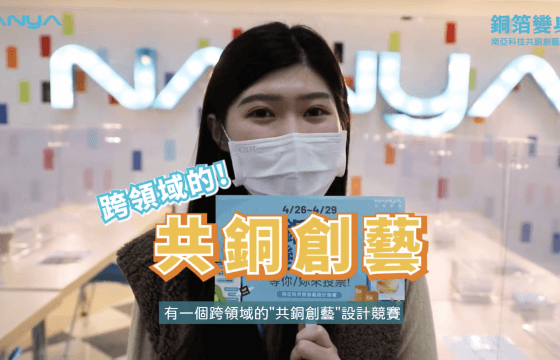 What Can We Use "Copper Foil" For?
What Can We Use "Copper Foil" For?Engaging with our team members to build sustainability part of work culture
-
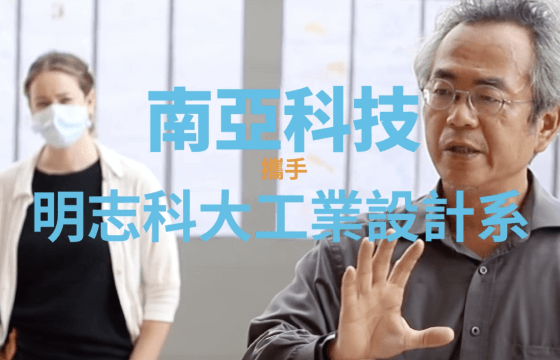 What Does "Copper Foil" Come From?
What Does "Copper Foil" Come From?A short film to share the ideas of recycling scrap copper foil for other purpose
-
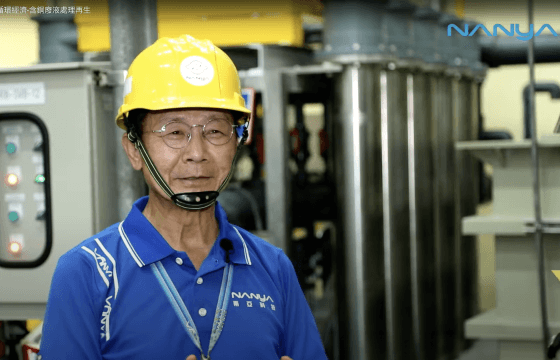 Circular Economy
Circular EconomyNanya put a lot of effort in creating circular economy, invest in process water recycle system and fulfill the target to resourcelize the waste of the fab
-
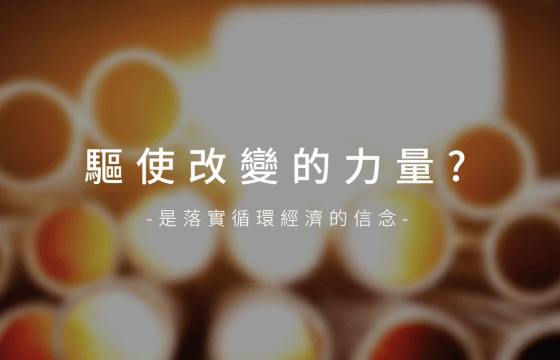 Ways to Recycle Scrap Copper
Ways to Recycle Scrap CopperRecording the process of turning scrap copper into numerous uses so that more people can embrace the ESG thinking in their daily lives
 Environmental Pollution Prevention
Environmental Pollution Prevention
Based on the environmental protection and commitments of environmental impact assessment, the company regularly monitors environmental impact factors, such as air quality, noise and vibration, the quality of surface water and groundwater, traffic flow, and the ecosystem within the scope of development to truly appreciate its impacts on the environment. There has been no violation of environmental regulations since 2014. In the Environment, Safety and Hygiene Policy, Nanya has made every effort to promote various measures to reduce waste and recycle resources to comply with relevant requirements of regulations as well as to respond to the commitments to environmental protection-related requirements signed by the company.
Air Pollution Control
Since Nanya's fab were established, we have been putting great emphasis on controlling pollution. In addition to effectively reducing the use of raw materials and reducing the concentration of exhaust emissions through environmental management plan planning, we also use air pollution control equipment that meets regulatory standards. The equipment undergoes regular maintenance and inspections. We provide complete education and training to operators in order to maintain normal operation of the system and ensure that the gas emissions do not harm the living environment. Nanya Technology's main air pollutants are divided into acid, alkali waste gas and organic waste gas. According to the characteristics of the waste gas, it is introduced into the appropriate treatment process and equipment. After the output from the process end, it enters the local waste gas treatment equipment. After removing specific substances, the acid or alkaline waste gas will be concentrated separately in the acid/alkali scrubber for treatment, and are neutralized before being discharged into the atmosphere; the organic waste gas is adsorbed by the zeolite wheel, concentrated and then directly destroyed after entering the post-combustion equipment. The combustion treatment efficiency is as high as 99%, which is far better than regulations standard. The organic air pollutants (emission intensity) emitted per unit production capacity in 2023 will be 14.2 g VOCs/kpcs 4Gb eq.

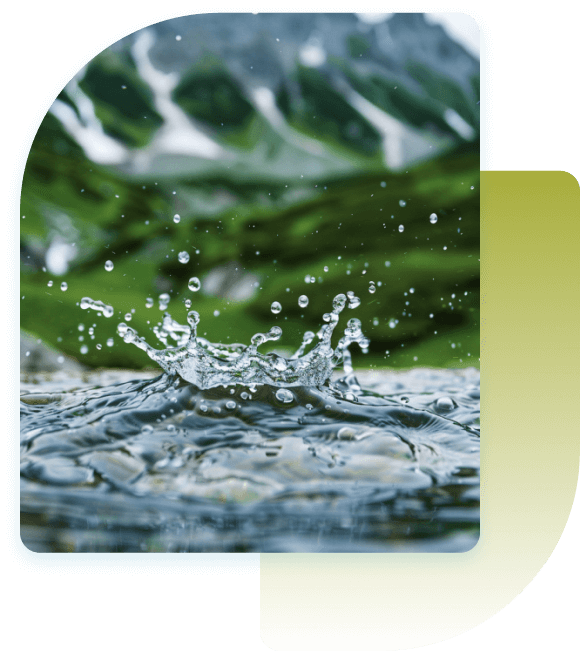
Water Pollution Control







 ESG News
ESG News
 Facebook
Facebook